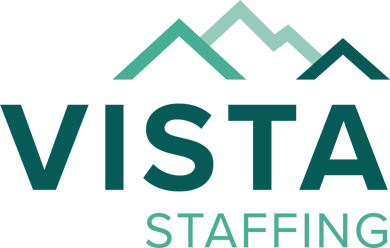Back to The Workforce Optimization Blog
Using Data to Support Staffing Strategies

Thanks to a variety of advanced technologies, today’s organizations in all industries have access to data that can help them make informed business decisions designed to drive growth.
In the field of healthcare, every hospital and medical facility can use technology to optimize every aspect of their operations, including staffing. With the right data, these facilities can gain valuable insight into the ways in which staffing is impacting their revenue and profitability, as well as strategies they can use to optimize staffing. In this post, we will delve further into the process of using data to support staffing strategy.
Why do you need a staffing strategy?
Businesses in the healthcare industry need a staffing strategy for a variety of reasons, including:
- Efficacy and productivity – Having competent, qualified staff members are essential to the success of any business, so you want to be sure that you are attracting the best talent. A solid staffing strategy improves the hiring process and, thus, the quality of your staff.
- Preparing for the future – When you have a clear staffing strategy, you will gain a better understanding of every facet of your organization. When you are contemplating big changes, such as mergers, you will have the information you need to make wise decisions moving forward.
- Positive patient experiences – A well-planned staffing strategy ensures a better quality of care for patients, which leads to enhanced patient experiences and a better reputation for your company.
Using data to support a staffing strategy
By generating and using the right data to your advantage, you can develop a staffing strategy that helps your organization grow and thrive. Some of the ways you can use data for this purpose are listed below.
- Understanding morale – Healthcare organizations can collect data from employees to gain insight into workplace satisfaction. Using this information, organizations can make changes designed to maintain morale, ensure sufficient staffing levels and protect the continuity of patient care.
- Assessing turnover – Data can provide valuable information about physician turnover rates, as well as the factors that increase turnover. Using this information, healthcare organizations can build a staffing strategy that retains quality physicians.
- Improving patient experience – Patient experience scores provide healthcare organizations with essential information about patients’ satisfaction with care. Organizations can use these scores in combination with data related to staffing levels in order to understand how these two factors interact.
- Optimizing utilization – Using the right data, healthcare organizations can evaluate and understand the current utilization of contingency staff, allowing them to optimize this aspect of staffing accordingly.
- Identifying trends – Healthcare organizations can use data to understand staffing trends and the factors that drive them.
Generating data with technology
It’s clear that collecting and analyzing the right data can help you build the solid staffing strategy you need, but many healthcare organizations still struggle to generate this data. Fortunately, healthcare organizations can simplify this process by adopting a Vendor Management System (VMS) or a Managed Service Provider (MSP). Both of these solutions can generate useful data and assist organizations with staff management.
If you want to build an effective staffing strategy, generating and analyzing data is an important part of the process. VISTA can help you gain the visibility you need in these areas so you can build a strategy that helps you improve your management of staffing levels and drive growth. Contact VISTA to learn more about how we can help you develop an optimized staffing strategy.



